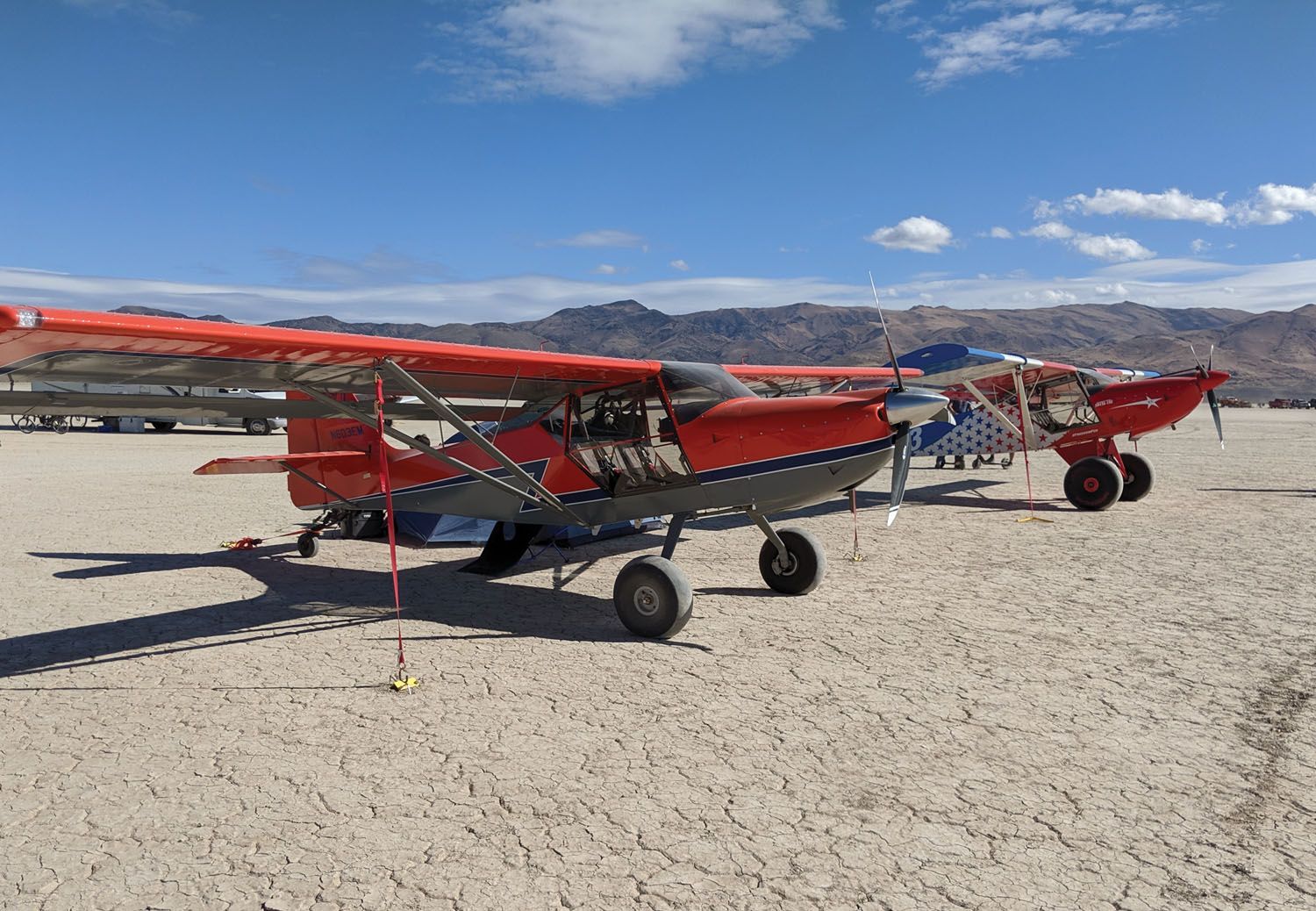
If you’re looking for a light, fun-flying airplane, you’ll almost certainly want to consider the Kitfox. This iconic little taildragger has been around since 1984, when the original versions were introduced as a step-up from the Part 103 ultralight “vehicles” whose popularity had already begun to fade by the mid 1980s. Providing side-by-side seating for two in an enclosed cabin, the Kitfox offered respectable comfort, speed, short takeoff and landing performance and all-around utility, wrapped up in a sharp-looking package. At this point, over 7000 Kitfox kits have been produced, so one might expect potential for a plentiful supply of used Kitfoxes in the marketplace. You’d be wrong.
That 35-year production run doesn’t necessarily translate into a buyer’s market. John McBean, president of Kitfox Aircraft, says there are very few Kitfoxes for sale; most owners don’t want to give them up unless circumstances dictate. That’s not just a pitch to sell new kits, but rather the common opinion shared by most owners we spoke with. Kitfox builder Josh Esser told us, “You better have your money ready” if you’re looking to buy one, because the two late-model used Kitfoxes he bought after building his own weren’t even advertised when he heard they were available, and he knew he had to put down a deposit right away. As is typical of desirable used airplanes, the good ones don’t last.

History
Orginally designed by Dan Denney, the first Kitfoxes were powered by the then-popular two-stroke Rotax 532 and 582 engines of 64 hp. The Kitfox’s distinctive bump cowling, which gave it the look of a miniature Cessna 195, dates from 1986; originally, a small Pong Dragon radial engine was planned for the airplane, but that engine never worked out. A wise marketing move retained the cute round-engine wrapper. Adapted for various powerplants over the years, it continues to be available.
From its beginning as the Kitfox Model I, of which only 257 kits were sold, the design underwent a steady progression of improvements as engine power and gross weight were increased. The Model I had a gross weight of 850 pounds, while the slightly larger Model II, introduced in 1989, had a bigger vertical tail and grossed at 950 pounds; 490 Model II kits were sold. A Model III came along in 1990 with further enlargement of the tail feathers and a gross weight bump to 1050 pounds, allowing installation of the 80-hp Rotax 912 four-stroke engine; some 466 Model III kits were shipped. The definitive Model IV came out in 1991, featuring a new airfoil and redesigned differential-action flaperons that were mounted with metal brackets instead of wood attachments; 322 kits were sold before a follow-on Classic IV version increased the gross weight to 1200 pounds. The IV-1200 incorporated stronger lift struts, beef-ups for the gear legs and wing carry-through, fuselage structural changes and a 30% larger vertical tail. The Kitfox Classic IV remained in production until just recently, giving it one of the longest production runs in kit airplane history.
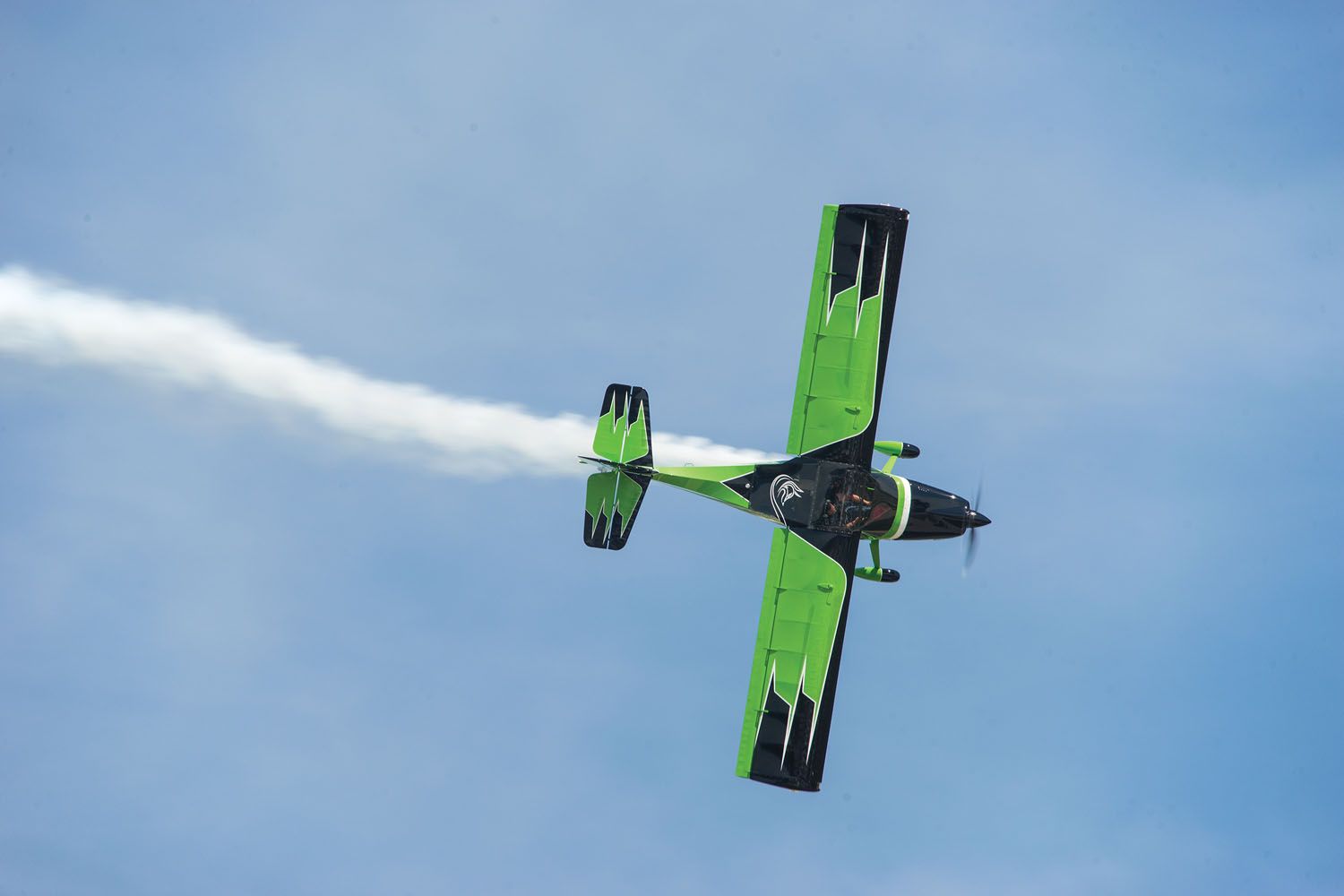
Denney Aerocraft sold the Kitfox design to SkyStar Aircraft Corporation in 1992, setting off a flurry of new model developments. A Kitfox Series 5 design came out soon after the SkyStar acquisition, featuring an adjustable stabilizer for pitch trim and optional aluminum-spring landing gear. The Series 5 was available in a tricycle-gear, swept-tail Vixen model or a conventional-gear Safari version, both designed to accept small Continental and Lycoming engines at a gross weight of 1400 pounds, later boosted to 1550 pounds in 1995. In 1998, the names of the Series 5’s two versions were changed to Voyager and Outback. A short-wing Series 5 Speedster variant was tried as well.
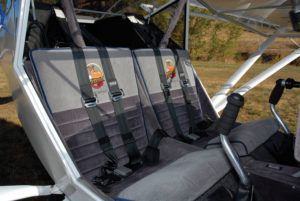
Meanwhile, SkyStar tried producing a Part-103 ultralight, the Kitfox Lite, using a 28-hp two-stroke engine, and it also introduced a Kitfox XL in 1994 and a Kitfox Lite Squared in 2001; both were two-seaters designed to be ultralight trainers, using a 50-hp Rotax 503 two-stroke engine. A Kitfox Series 6 was brought out in 2000, with a conventional cowling rather than the faux radial engine nose and featuring standard spring main gear rather than bungee shock absorbing. A Kitfox Series 7 followed in 2002, incorporating a larger elevator and improved roll control. The Kitfox Series 6 and 7 offer convertible landing gear configuration that can be switched from tailwheel to nosewheel and back, if desired.
Kitfoxes have always called southwestern Idaho home, in the area around Boise; the plant was originally sited at Nampa and is now located at Homedale’s airport. In April 2006 the rights to the Kitfox designs were purchased by John and Debra McBean, who are the current owners of Kitfox Aircraft, LLC. Production is now primarily focused on the Series 7 designs, with the Kitfox Classic IV presently on hold.
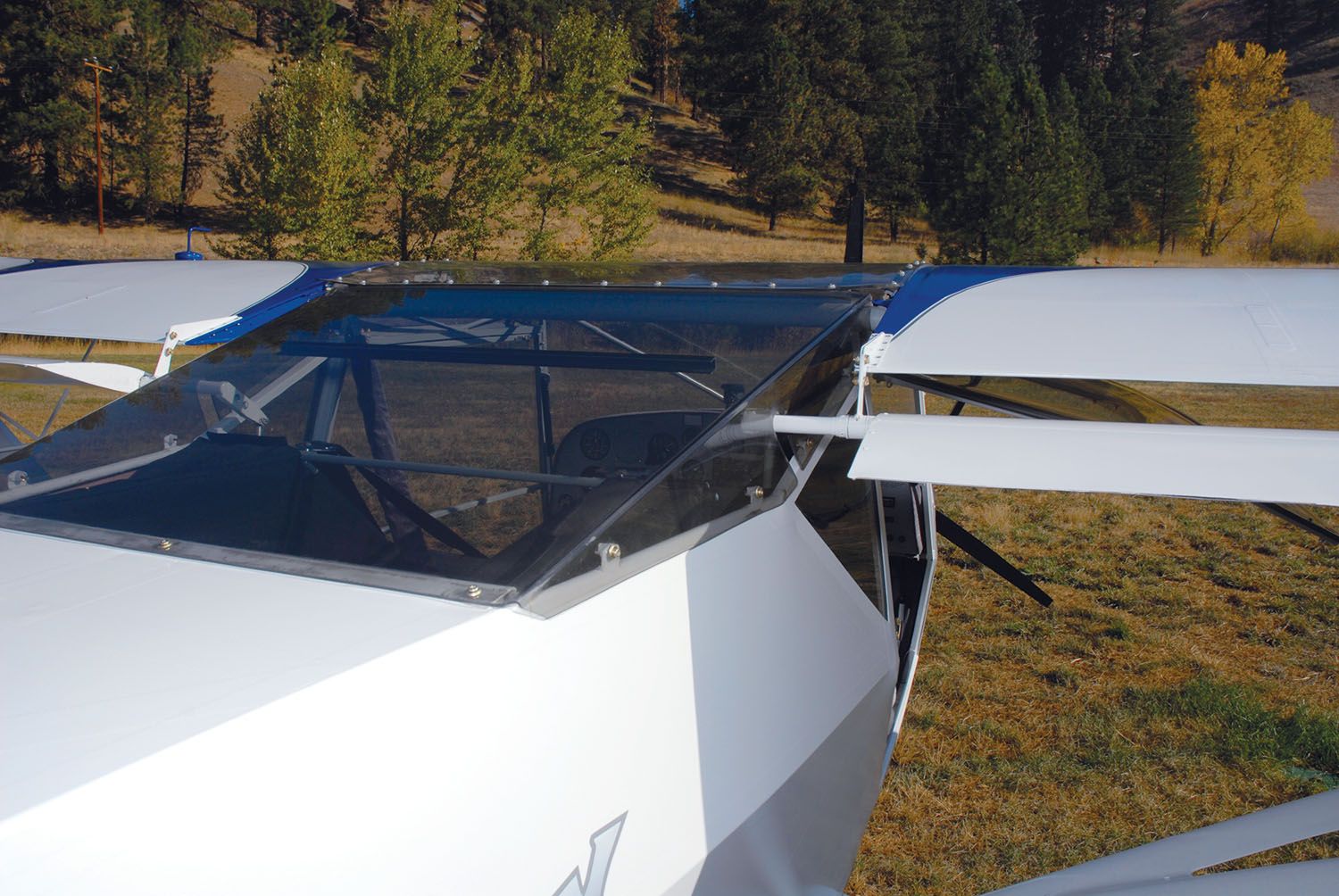
Design
There is a vast difference between the Kitfox airplanes of the 1980s and the kits designed in the last 20 years. Some seekers of used Kitfox airplanes have in mind one of the original designs, a diminutive fabric-covered tailwheel airplane with the bump cowl, Junkers-style external flaperons, folding wings and bungee-sprung landing gear. While the basic design features remain, the more recent, sleeker Series 5, 6 and 7 Kitfoxes are much more capable airplanes. The structure of the fuselage, tail and lift struts is made of 4130 chrome-moly steel, factory welded, while the ladder-style wings incorporate 6061-T6 tubular aluminum spars reinforced by an aluminum I-beam insert, with the airfoil shaped by wooden ribs. The trademark external flaperons are built of aluminum-wrapped foam cores or ribs. All Kitfoxes feature foldable wings for compact storage or trailering. Flaperon and elevator controls utilize 4130 steel pushrods, while the rudder is cable actuated.
A powder-coated fuselage frame became available in the early 1990s, which forestalled much of the corrosion threat of aging steel. The Kitfox’s small-diameter tubing did not lend itself to the sloshing of anti-corrosion oil through the framework because each section of tubing was sealed off from its mates. The earliest Kitfoxes had aluminum firewalls, rather than stainless steel.

As with most light airplane designs, the Kitfox has evolved into ever-improved iterations over the years. Accordingly, you should look for the latest example you can find, and it’s important to bear in mind the condition issues that could be wrought by 20 to 30 years of history. The Series 5, 6 and 7 are the best choices, with a cabin width of 43 inches. If considering the older models, I wouldn’t advise looking any further back than the Model IV-1200, because of its increased useful load, differential-action flaperons and larger tail. If you have limited or no tailwheel airplane experience, look for a Kitfox that has dual brakes installed, which makes tailwheel instruction much less risky.
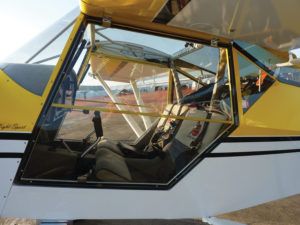
The flying characteristics of the Kitfox series are typical of airplanes in its weight class; John McBean says his Series 7 can “take on crosswinds that would leave Cessnas crying.” That said, the older airplanes, weighing less than 1000 pounds, are susceptible to even the lightest breezes and subtle wafts of updrafts and downdrafts. Penetration of turbulent air is not on par with more streamlined and heavier airplanes, calling for ultralight-style flying technique during a landing approach, which means maintaining some energy in the aircraft by carrying power right down to ground level and staying ready to go around if the wind burbles become unmanageable. Fortunately, it’s usually easy to find a 500-foot long patch of friendly grass oriented into the wind, which makes much more sense than trying to stick an early Kitfox onto an unyielding strip of pavement contaminated by crosswind component.
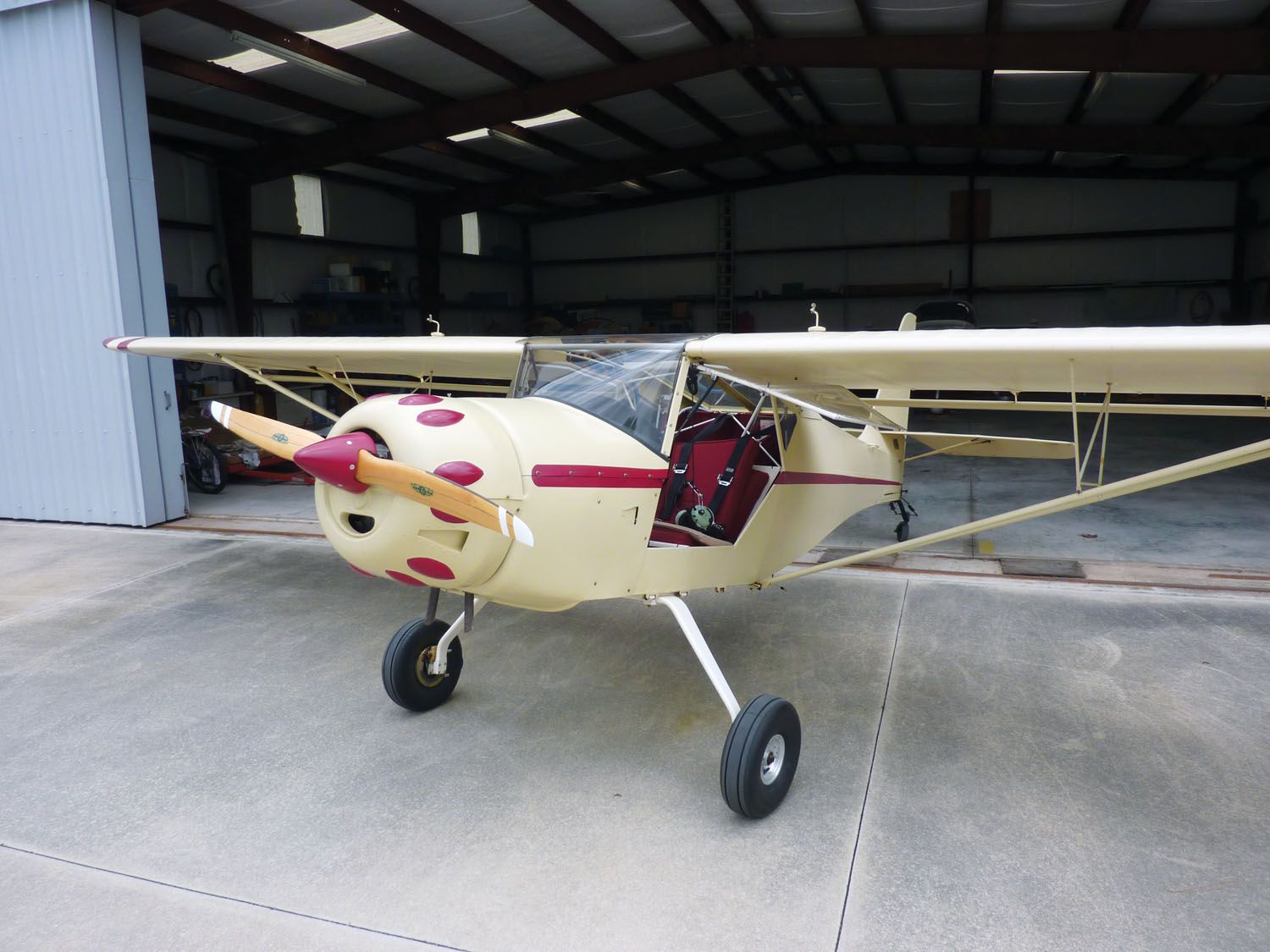
Assuming an 80-hp Rotax 912 engine installation, the Kitfox is a good 100-mph-plus cruiser, with a stall speed as low as 32 mph that enables short takeoff and landing distances. As always, engine/propeller configuration and setup can cause variations in performance numbers from builder to builder. The wing area of 132 square feet gives a wing loading of only about 9 pounds per square foot. Wingspan is 32 feet, overall length is 18.5 feet, and the three-point tail height is just under 6 feet. Even without wing folding, required storage space is relatively small.
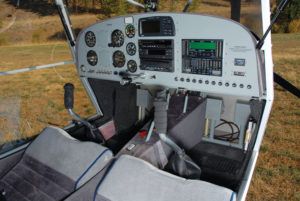
What to Look For
If purchasing a flying Kitfox, as with any E/A-B airplane, look for complete paperwork, including a log of Phase 1 flying time and the airplane’s operating limitations that were issued at the time of certification. The latter is required to be on board for flight. Evidence of a condition inspection within the last 12 months will be necessary, or one will have to be performed before the airplane can fly.
John McBean says the most important advice he gives is to get the serial number of the airplane and check it out by contacting the factory to make sure you know what you’re getting. He cites examples of a purported Model IV-1200 (according to its builder-supplied ID plate) that was actually a 1050-pound version and a Kitfox Model III that was being sold, with modifications, as a Model IV. He stresses to get the builder’s manual with the airplane, and if it’s been lost, to obtain one from the factory. When you call the factory for assistance, it helps immensely to have the manual’s references for the items under discussion, rather than saying “I need that widget that moves the aileron (flaperon).”
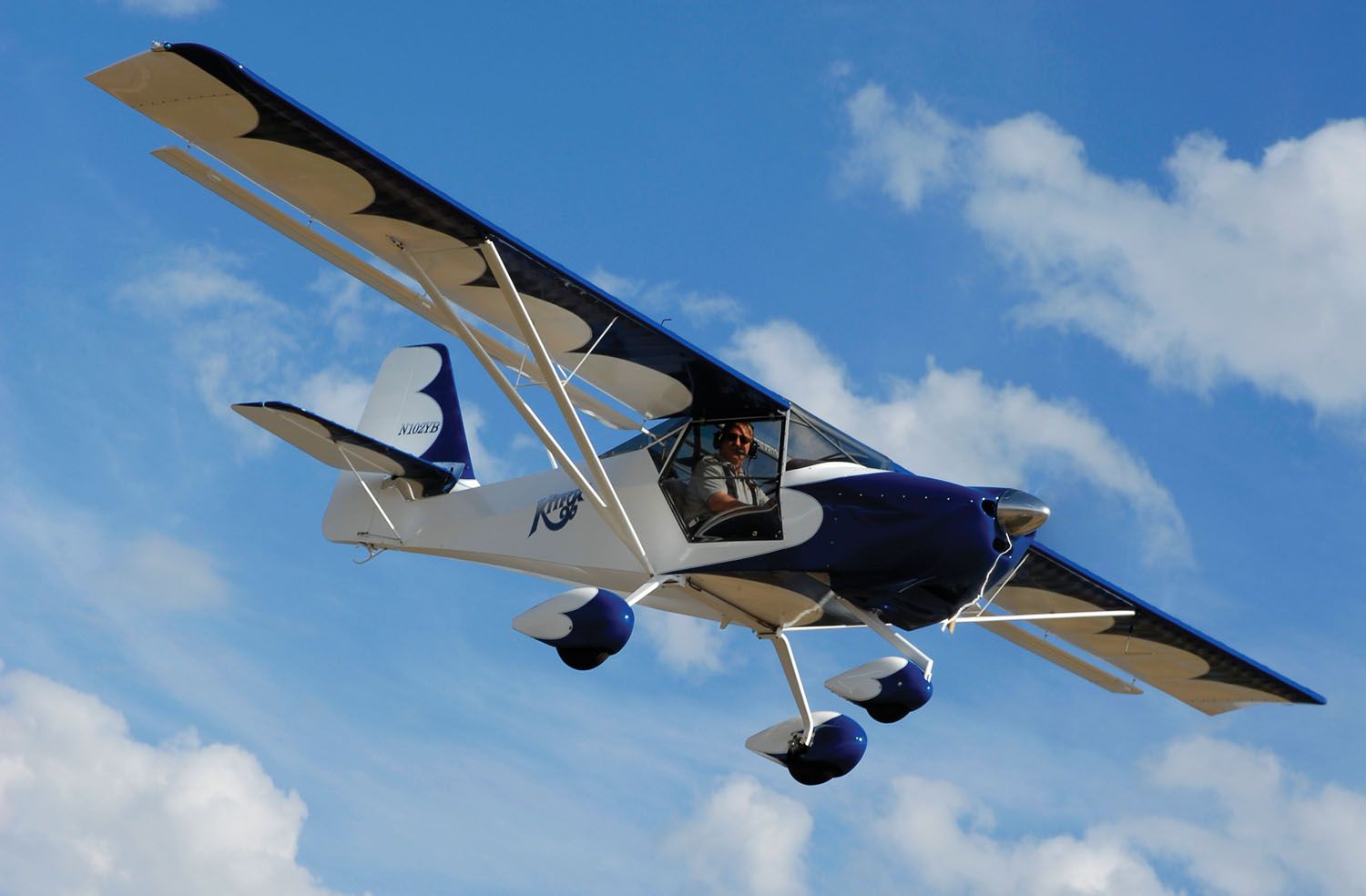
Engine Options
The earliest Kitfoxes were most likely to have been fitted with two-stroke Rotaxes, and as the design matured into the Model III and IV the four-stroke Rotax 912 became the engine of choice. Other lightweight engines used have been the Jabiru, Subaru, and a whole host of similar engines have found their way onto the noses of Kitfoxes. The newer Series 7 Super Sport can be fitted with a Rotax 912ULS, turbocharged Rotax 914/915, Continental O-200, Lycoming O-233 or Titan O-340.Even the Rotec R-2800 radial has been grafted onto the Kitfox Series 7, with a nod to the original cowling design.

Values
Given the scarcity of available used Kitfox airplanes, pricing will be subject to the seller’s eagerness to dispose of their plane. Expect to pay $100,000 or more for a nice Series 6 or later, down to as little as $20,000 for an old Model I or II that’s still flyable but needs TLC. It follows, as always, that you get what you pay for, based on condition, equipment and history.
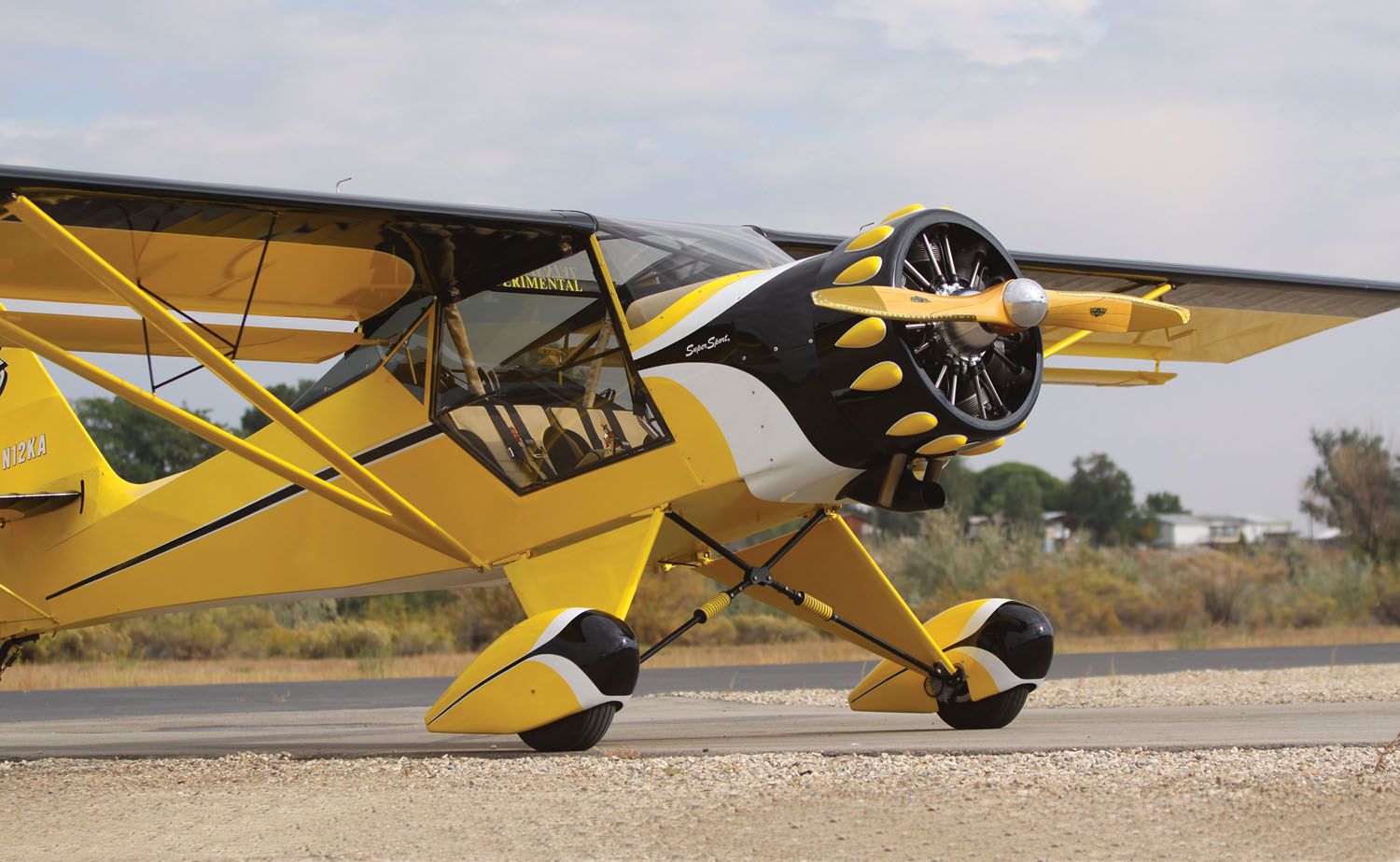
Support
Fortunately, the Kitfoxes are not orphans. According to John McBean, factory support is available for all Kitfox models, as much as possible. However, through the years and ownership changes, some tooling and parts for the older airplanes were unfortunately discarded. The TeamKitfox web community is an excellent forum for Kitfox builders, owners and pilots.
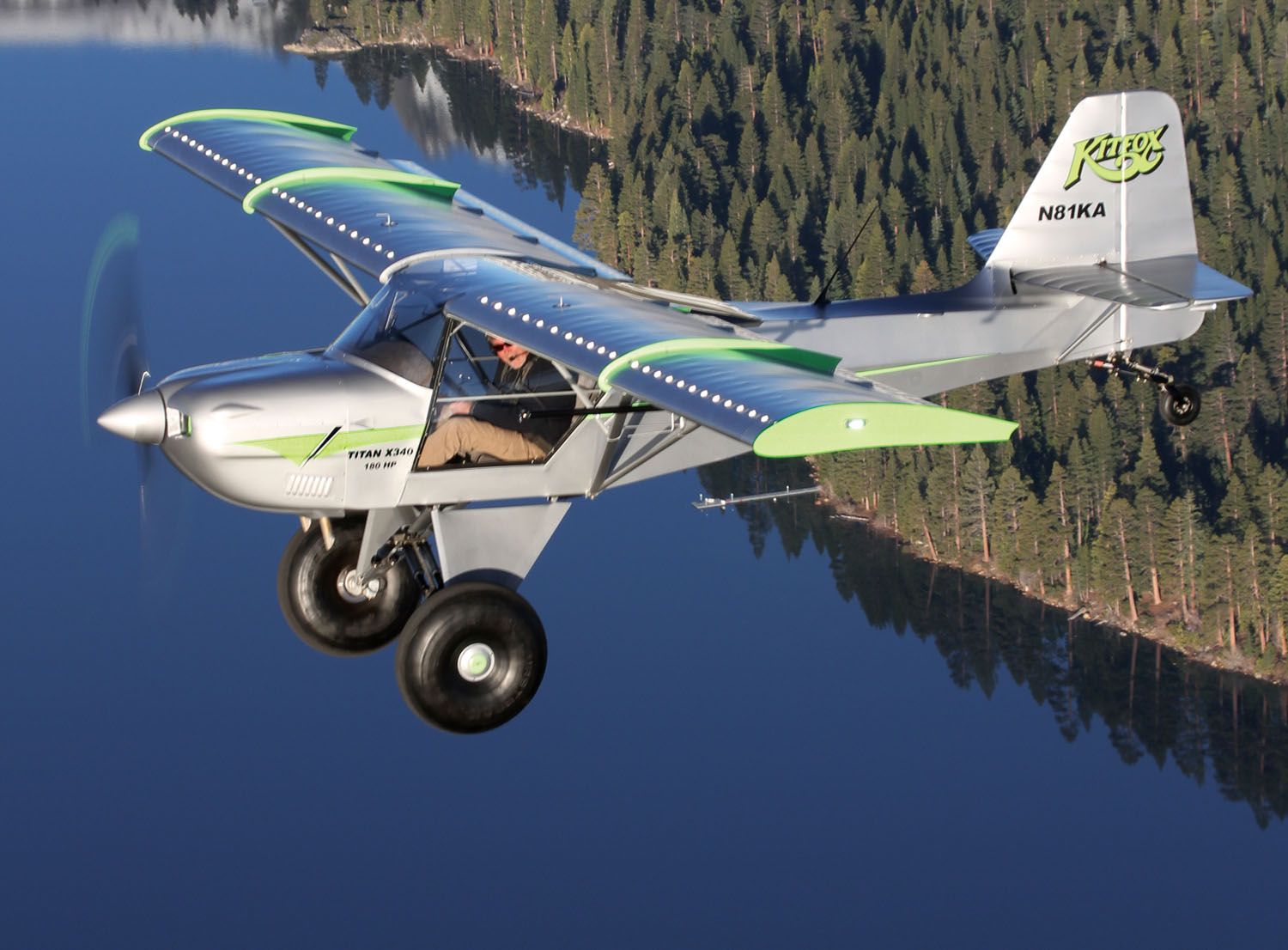
In Summation
Whether you’re interested in exploring backcountry airstrips at 120 mph or indulging in low-and-slow cruising during the smooth-air hours of the day, you’ll find the Kitfox to be perfectly suited to your mission. Of all the Experimental kit airplanes that have come and gone through the years, it remains one of the most attractive options. The problem will be finding an owner willing to part with their pride and joy. Fortunately, you can solve that by simply ordering a Series 7 kit and setting to work building your own.

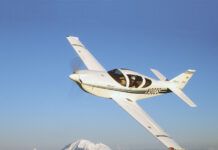


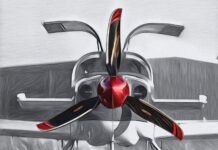
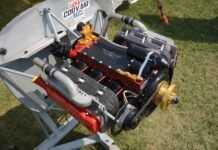
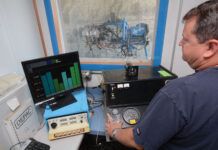
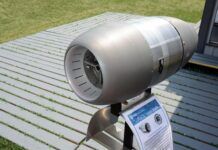
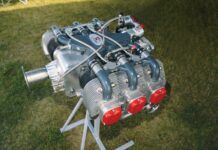
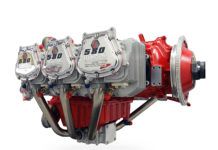
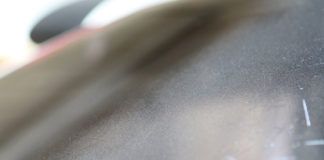

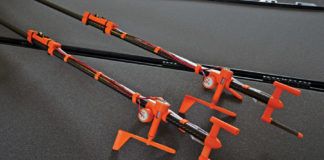
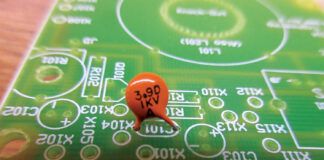
Thank you for the comprehensive overview article Mr. Cook.
May I offer… in addition to “Support” – Kitfox-specific “Type” Training is also of significant importance for the proficiency & safety of the Kitfox community.
The only factory-supported school in the world – is Stick & Rudder Aviation near the factory in Idaho.
Post training, the Kitfox pilot then has the opportunity to experience the environment the Kitfox was specifically designed and demonstrates its capabilities – the Backcountry – through multi-day, Wilderness Lodge overnight “Backcountry Training Tours“.
“Wings Over Idaho” – a partnership between the flight school and the factory – also offers used “factory-built” (only) Kitfoxes. With a history now of selling (14) Kitfoxes over the last 3 years – averaging between $90,000 – $180,000. These used Kitfoxes are typically not advertised on social media, but through a proprietary list of vetted ready buyers – often remaining available only a matter of hours, days at the most.
Very nice article about the Kitfoxes. However, my model is missing. I ordered a trigear Vixen in 1993, number FCV008. It was almost the final Series 5 model which came out a year or two later, only gross weight was limited to 1200 lbs. due to weaker wing spars. My model had a 2 parts fiberglass main landing gear and a typical rearward swept vertical fin, which later was changed to aluminum gear and the straight up fin appearance. It flew after 2 years building time. It is the only trigear Kitfox registered in Germany and I always tow it to the airfield and back to my house.
The original panel had steam gauges, later I put mostly glass in it keeping the essential gauges. Most recently it received a brand new Rotax 912UL after the first one was worn up after 1200 hours flying all Europe. Also a new prop was installed. After final certification, in Germany we must install the same engine and prop type. Now its good for another 25 years or 2000 hours of service!
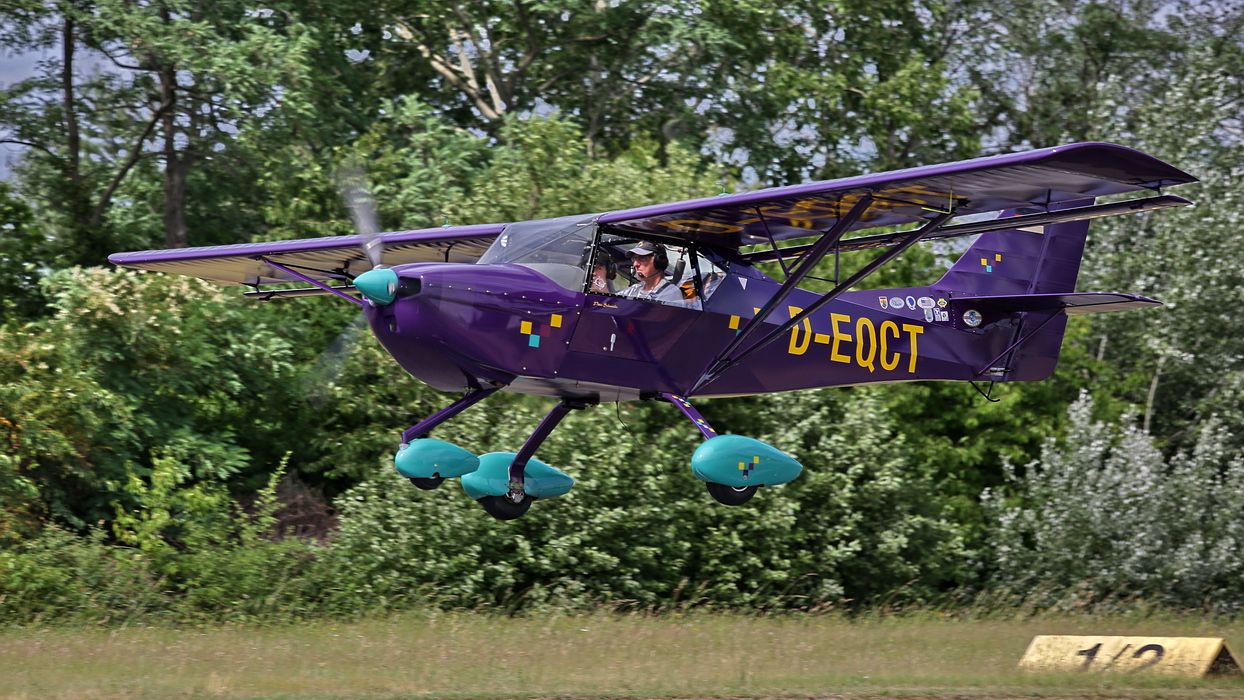
Outstanding! Thank you, Mr. Cook. To date, the most comprehensive and informative article on the Kitfox series I have read. I still dream and hope — especially living in Kitfox’s backyard!